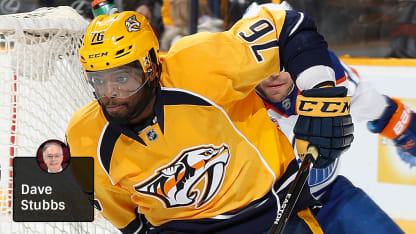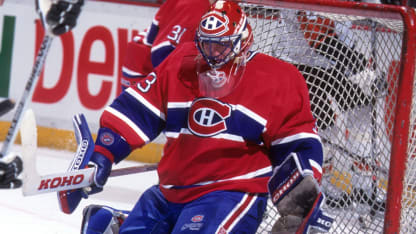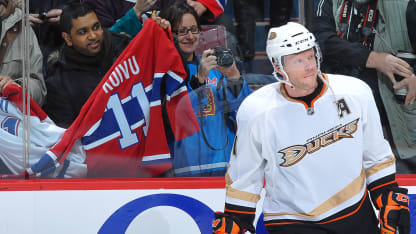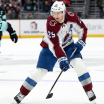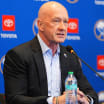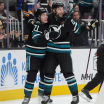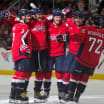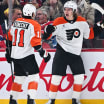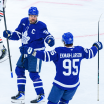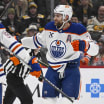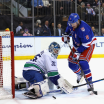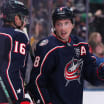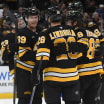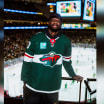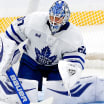Another supremely popular Canadiens forward returned to the Forum in a Rangers uniform in 1989.
Lafleur had stunned hockey with his retirement 19 games into the 1984-85 season, his ice time diminished and his heart no longer with his only NHL team that by then was stressing defense under coach Jacques Lemaire.
With his creativity stifled by Lemaire's system, Lafleur was a shadow of his once-electrifying self when he hung up his skates, having scored 1,246 points (518 goals, 728 assists) in 961 games during 13-plus seasons. But he would return to the Forum with New York in 1988-89, a Hockey Hall of Famer who decided he wasn't finished yet.
Lafleur's homecoming was scheduled for Dec. 10, 1988, but a foot injury prevented that. Finally, at age 38, he returned to Montreal on Feb. 4, 1989, for what would be a colossal event, the crowd lifting the Forum roof from the minute he stepped onto the ice for pregame warmups.
Playing on a line with center Jason Lafreniere and left wing Kevin Miller, each more than a dozen years his junior, Lafleur earned the second star that night after scoring two goals and assisting on a third in the Rangers' 7-5 loss. It was a perfect result for Canadiens fans who still worshipped the legend they called "The Flower."
Lafleur finished his career by playing 1989-90 and 1990-91 with the Quebec Nordiques, the detested archrival of the Canadiens. But Montreal fans still adored their superstar sniper, even if they struggled mightily with the sight of his final NHL jersey.
